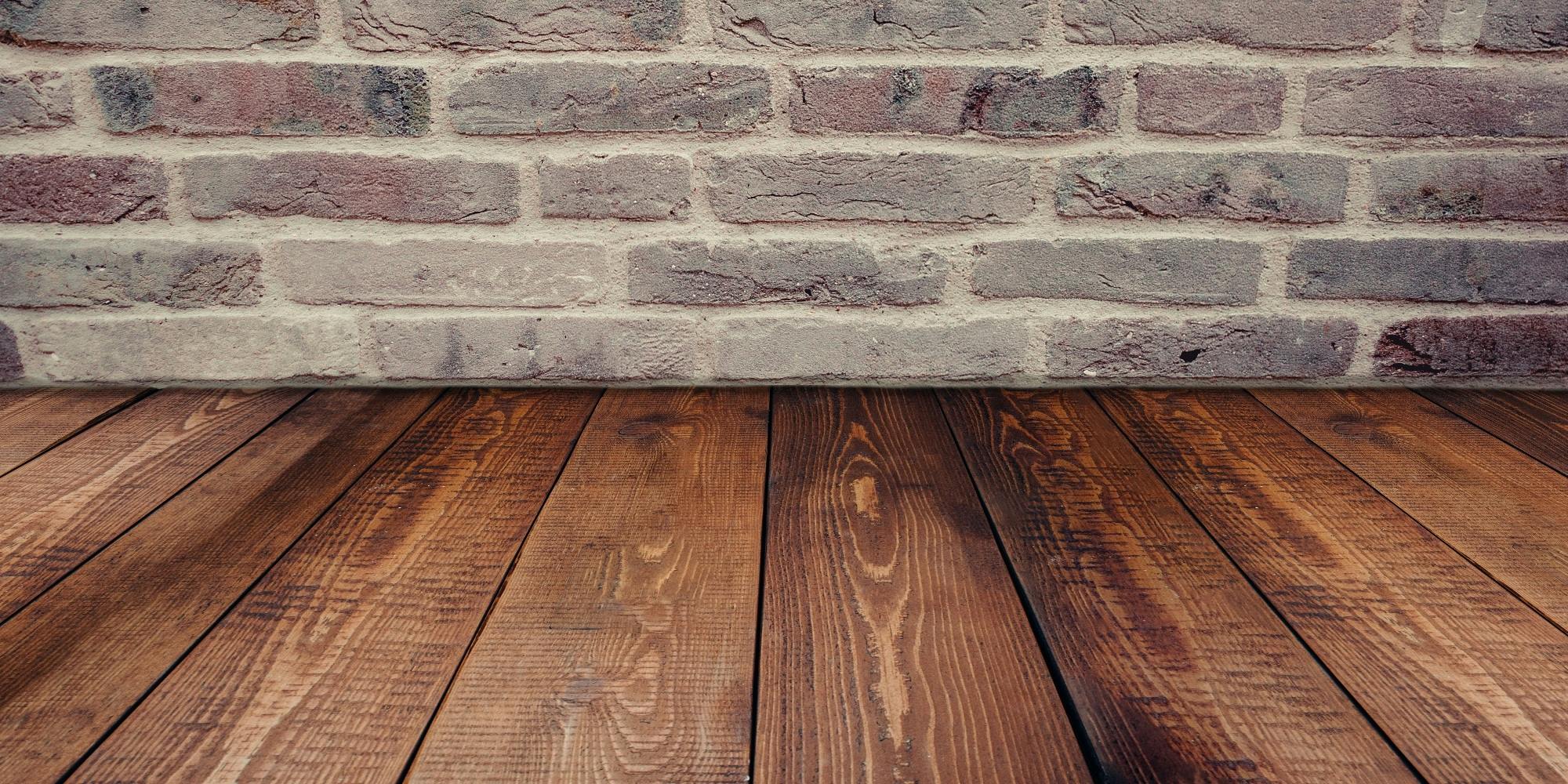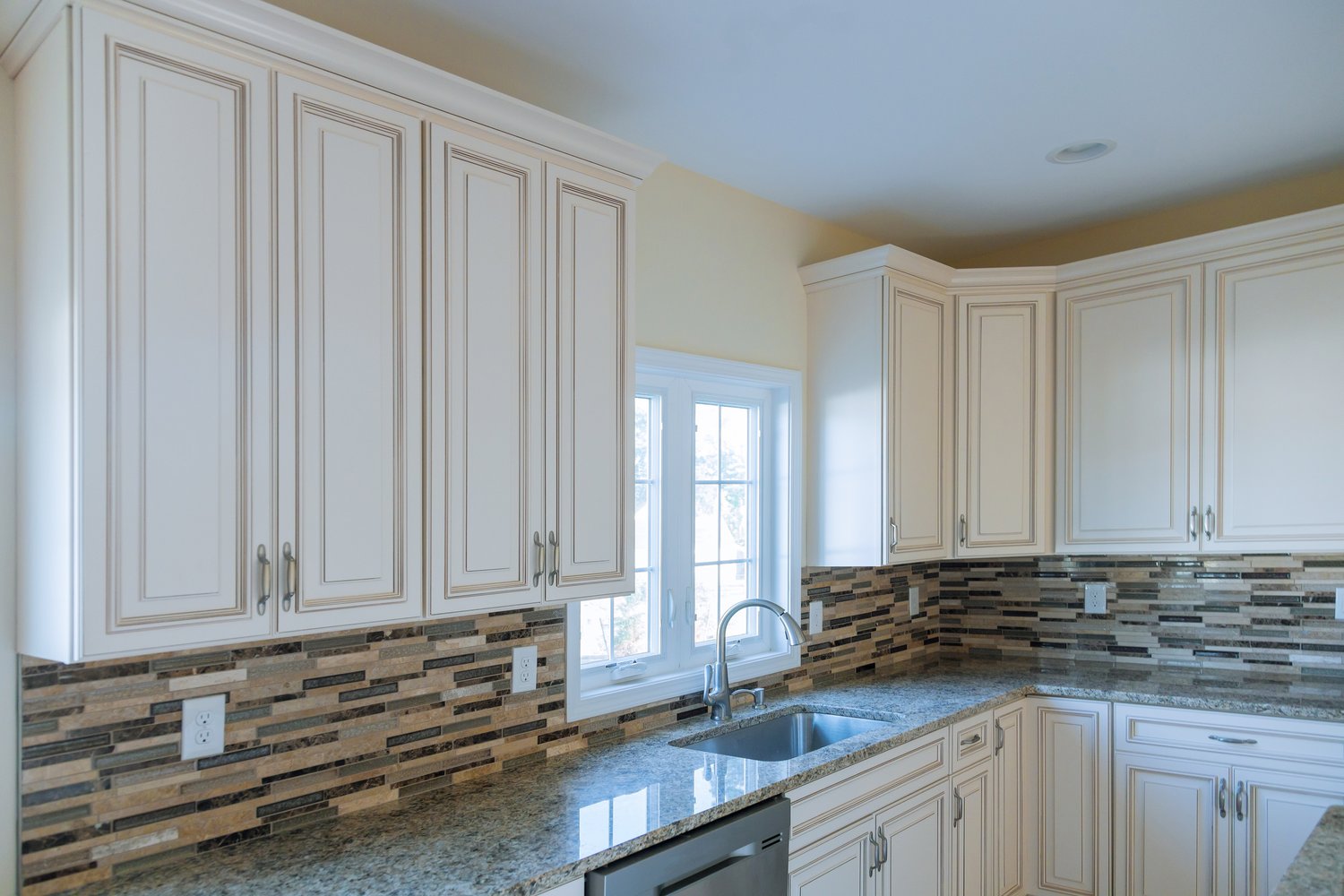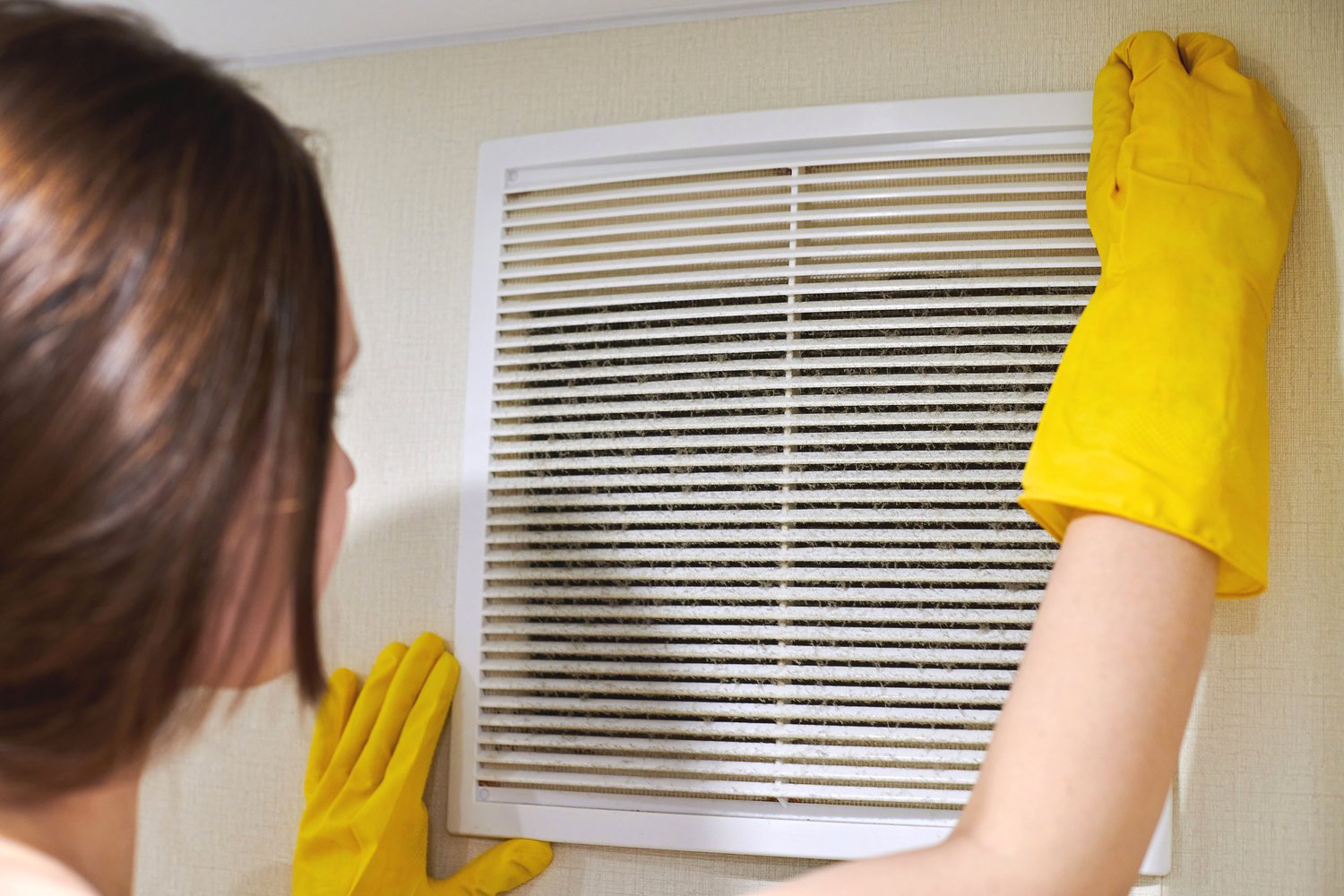The flooring industry stands on the precipice of revolutionary change as emerging technologies transform how we think about the surfaces beneath our feet. From intelligent floors that can monitor movement and adjust to our needs, to groundbreaking sustainable materials that minimize environmental impact, future flooring technology promises to reimagine this fundamental aspect of our living spaces. In this article, we’ll explore the most exciting developments in smart flooring innovations, dive into advanced sustainable flooring options, and examine the tantalizing potential of self-repairing materials concepts that may soon become commonplace in homes and businesses.
Smart Floors: When Technology Meets Function
Smart flooring innovations represent one of the most promising frontiers in home technology. Imagine floors that can detect falls in elderly care facilities, track foot traffic patterns in retail environments, or even analyze your gait to identify potential health issues. These intelligent systems are not mere science fiction—they’re already being developed and refined. Some current prototypes feature pressure-sensitive layers that can distinguish between different individuals based on their weight distribution and walking patterns, enabling personalized responses like adjusting room lighting or temperature as you move through your home.
Energy-harvesting floors are another exciting development. These innovative surfaces capture kinetic energy from footsteps and convert it into electricity, potentially powering nearby devices or contributing to a building’s overall energy needs. In high-traffic areas like transportation hubs or dance floors, this technology could generate significant power while serving as a practical demonstration of renewable energy in action. As noted by specialists at AskHomey, these smart floor systems represent just the beginning of how our homes will become more responsive to our needs in the coming decades.
Beyond energy and detection capabilities, interactive flooring with embedded LED displays offers both practical and aesthetic applications. From guiding visitors through complex buildings to creating dynamic, changeable design elements, these floors blur the line between technology and interior design, allowing spaces to transform according to changing needs or preferences.
Sustainable Materials: Redefining Environmental Responsibility
Advanced sustainable flooring options are rapidly evolving to meet growing consumer demand for environmentally responsible materials. Bio-based flooring derived from rapidly renewable resources like mycelium (mushroom roots), algae, and agricultural waste is emerging as a viable alternative to traditional wood and synthetic materials. These innovative substances can be engineered to match or exceed the performance characteristics of conventional flooring while dramatically reducing environmental impact.
Carbon-negative flooring represents perhaps the most promising development in this category. These revolutionary materials actively sequester more carbon during their production and lifespan than they emit, effectively removing greenhouse gases from the atmosphere rather than adding to the problem. Some manufacturers are already producing bamboo and cork flooring with carbon-negative credentials, while research continues into ways to enhance these properties across a wider range of materials.
Closed-loop manufacturing processes are becoming increasingly important in flooring trends for the future. Advanced recycling techniques now allow manufacturers to break down used flooring into its component parts and recreate new products with minimal waste or quality degradation. This circular approach dramatically reduces both resource consumption and landfill contributions, addressing two major environmental concerns simultaneously.
Self-Repairing Materials: The Holy Grail of Durability
Perhaps the most fascinating self-repairing materials concept under development involves floors that can heal themselves from damage. Scientists are exploring various approaches to this technology, including microcapsules filled with repair agents that rupture when cracks form, releasing materials that harden and seal the damage. Other research focuses on materials with shape memory properties that can return to their original state after deformation.
Biomimetic approaches—which imitate natural healing processes found in living organisms—show particular promise. Some experimental coatings for wood flooring utilize plant-inspired chemistry that reacts to scratches by filling them with specialized polymers that harden upon exposure to air. While still in early development stages, these self-healing technologies could potentially extend the lifespan of flooring materials dramatically, reducing replacement costs and environmental impact.
The integration of nanotechnology in flooring materials may enable more sophisticated self-repair mechanisms in the future. Nanoparticles embedded within the flooring structure could automatically migrate to damaged areas, reforming bonds and restoring structural integrity without any external intervention. While these technologies remain largely conceptual for now, they represent a tantalizing glimpse into how flooring might evolve in coming decades.
Convergence: The Truly Intelligent Floor
The most exciting flooring trends for the future likely lie in the convergence of smart, sustainable, and self-repairing technologies. Imagine a floor made from carbon-negative materials that can monitor your home’s occupancy, harvest energy from movement, display customizable designs, and repair itself when damaged. Such integrated systems would represent a quantum leap forward in both function and environmental responsibility.
As these technologies mature, we can expect increased compatibility with other smart home systems, creating truly interconnected living environments that respond intelligently to our needs while minimizing environmental impact. The floor beneath our feet—often overlooked in discussions of home innovation—may soon become one of the most sophisticated and important technological elements in our daily environments.
For more tips and to connect with reliable home service professionals, follow AskHomey on Facebook and Instagram.



